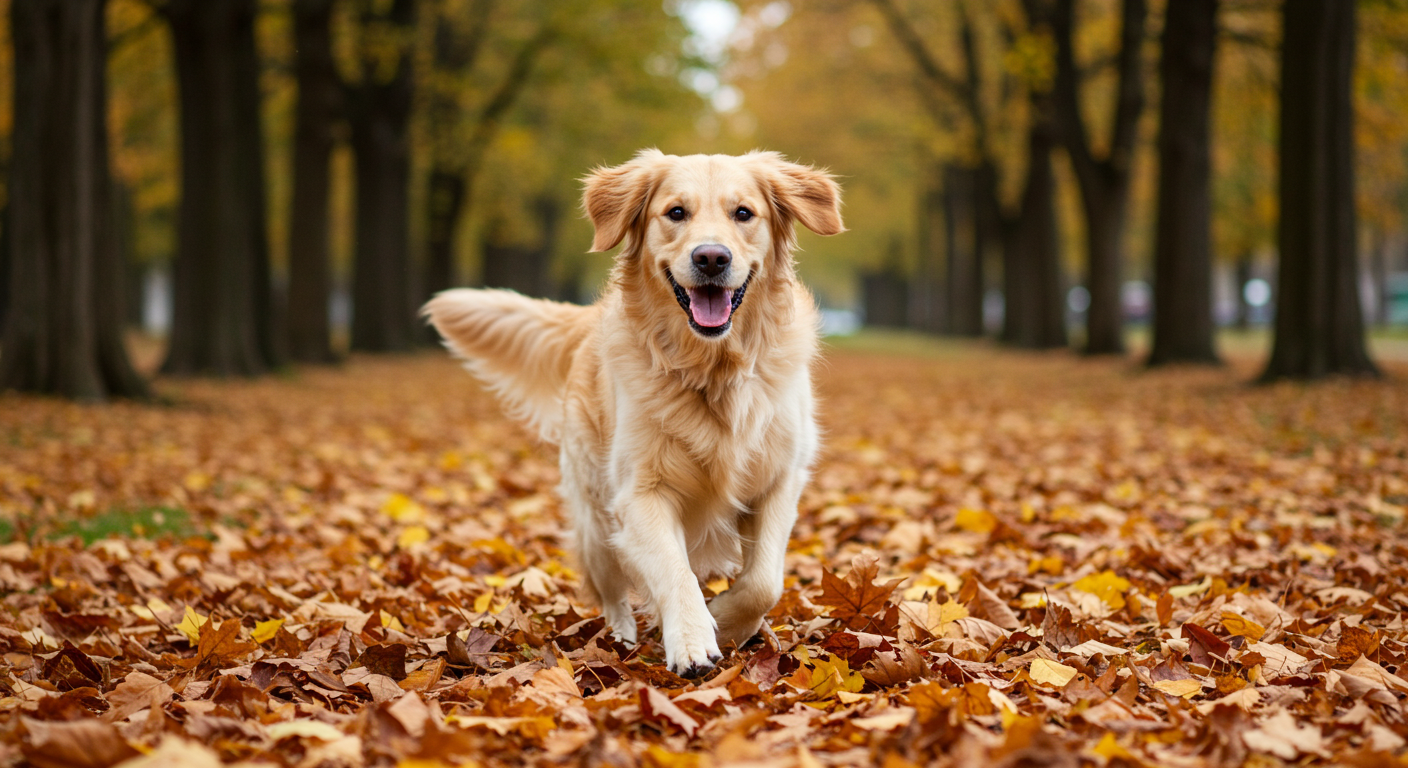Dogs need mental stimulation and physical exercise regardless of the weather outside. Every season brings unique opportunities to bond with your furry friend while keeping them healthy and happy. This comprehensive guide explores seasonal activities examples and fun activities for dogs that will transform your pet’s routine throughout the year.
Whether you’re dealing with winter’s chill or summer’s heat, your dog’s energy levels remain constant. The key lies in adapting activities to match seasonal conditions while maintaining proper nutrition with quality seasons dog food options.
Table of Contents
- Spring Activities: Awakening Adventures
- Summer Fun: Beating the Heat
- Fall Festivities: Harvest Season Play
- Winter Wonders: Cold Weather Activities
- Indoor Activities for Any Season
- Seasonal Nutrition and Dog Food Considerations
- Pet Day School Activities Throughout the Year
- Safety Tips for Seasonal Activities
- Equipment and Supplies for Year-Round Fun
- Seasonal Activity Planning Calendar
- Creating Seasonal Traditions with Your Dog
- Frequently Asked Questions
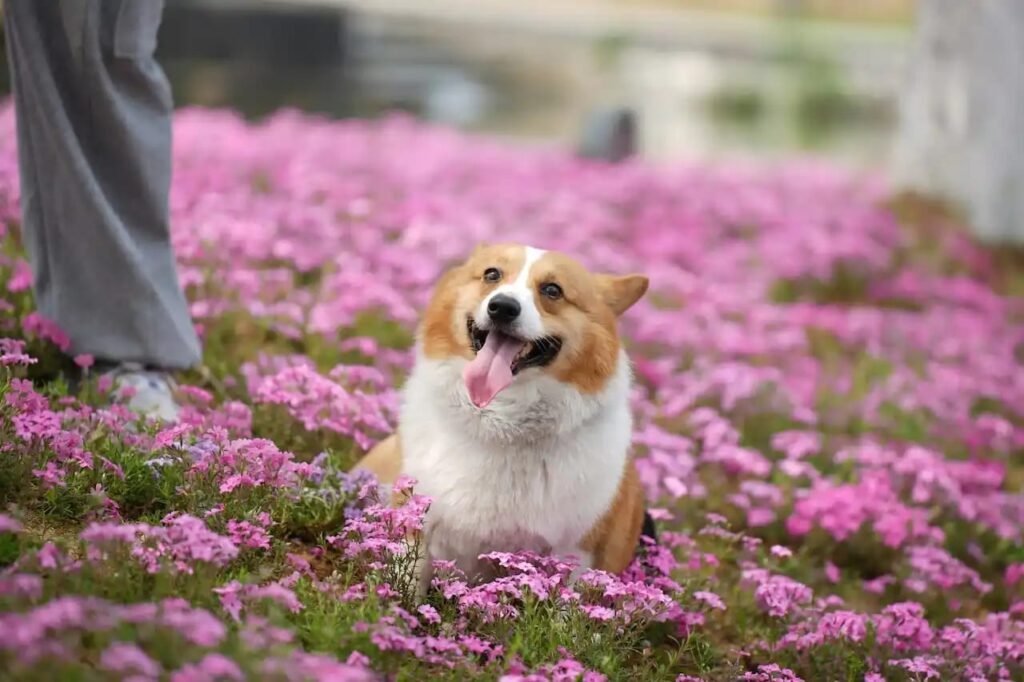
Spring Activities: Awakening Adventures
Spring awakens your dog’s natural instincts after winter’s confinement. The moderate temperatures and blooming landscapes create perfect conditions for outdoor exploration.
Hiking and Nature Walks become ideal as trails dry out from winter snow. Start with shorter distances if your dog has been less active during winter months. Spring hiking offers sensory enrichment through new scents and sounds.
Garden Exploration allows dogs to investigate emerging plants safely. Create designated areas where your dog can dig and explore without damaging flower beds. This satisfies their natural foraging instincts.
Agility Training works perfectly in spring’s mild weather. Set up obstacle courses using household items or invest in professional agility equipment. This combines physical exercise with mental stimulation.
Beach Activities in coastal areas provide excellent exercise opportunities. Spring beaches are less crowded, allowing more freedom for off-leash play where permitted.

Summer Fun: Beating the Heat
Summer requires strategic planning for dog activities for hot weather. High temperatures demand careful timing and cooling strategies to keep your pet safe and comfortable.
Early Morning Adventures take advantage of cooler temperatures before 9 AM. Plan hiking, walking, or running sessions during these optimal hours. Your dog’s energy levels are highest in the morning anyway.
Water Activities become essential during summer months. Swimming provides excellent low-impact exercise while naturally cooling your dog. Set up sprinkler systems, kiddie pools, or visit dog-friendly beaches.
Indoor Cooling Games offer relief during peak heat hours. Hide treats around air-conditioned spaces, practice training commands, or engage in puzzle games. Mental stimulation helps tire dogs without overheating risks.
Frozen Treat Making combines nutrition with cooling relief. Freeze seasons woof dog food in ice cube trays or stuff Kong toys with frozen mixtures. These activities provide entertainment while helping regulate body temperature.
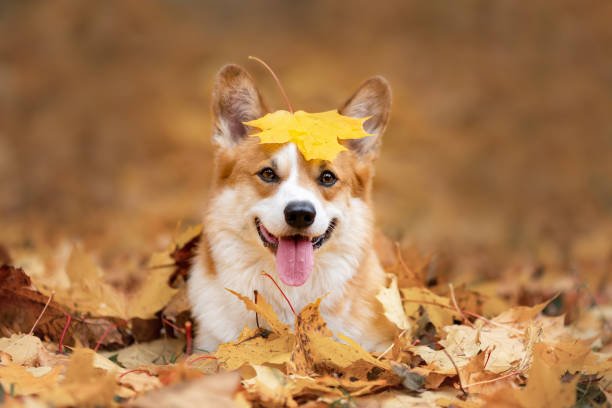
Fall Festivities: Harvest Season Play
Fall’s crisp air and colorful landscapes create magical opportunities for dog activities. The comfortable temperatures allow for extended outdoor sessions without summer’s heat concerns.
Leaf Pile Adventures transform yard work into play time. Many dogs enjoy jumping through leaf piles or searching for hidden treats among fallen foliage. Always check piles for sharp objects first.
Apple Picking Excursions to dog-friendly orchards provide socialization and exercise. Dogs enjoy the new environment while you gather seasonal produce. Remember that apple cores and seeds are toxic to dogs.
Camping Trips work well in fall’s moderate temperatures. Many campgrounds welcome dogs, offering trail access and new exploration opportunities. Pack appropriate gear for changing weather conditions.
Halloween Preparations can include costume training and parade participation. Start costume introduction early, using positive reinforcement to create pleasant associations.
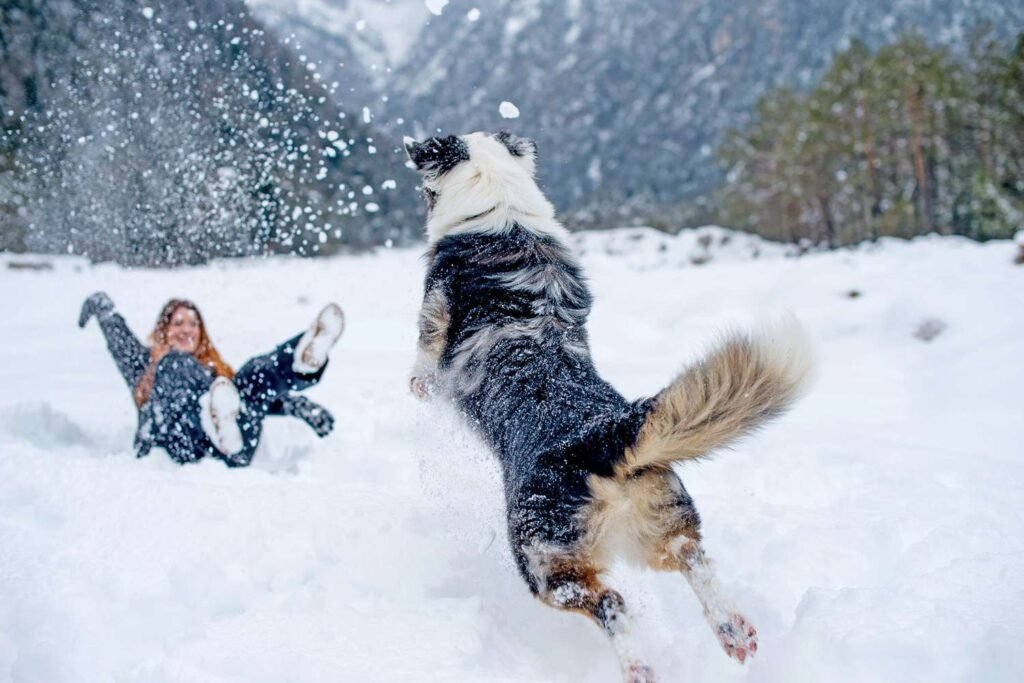
Winter Wonders: Cold Weather Activities
Dog activities for winter require creativity and preparation. Cold weather doesn’t mean your dog’s exercise routine should hibernate until spring arrives.
Snow Sports open new activity possibilities. Many dogs love snow play, from simple romping to more structured activities like snowshoeing companionship. Build snow obstacles or hide treats for treasure hunts.
Indoor Training Intensives perfect the time for skill development. Use winter months to work on advanced commands, trick training, or behavior modification. Mental stimulation becomes crucial when physical exercise is limited.
Mall Walking Programs in many communities welcome well-behaved dogs during winter months. This provides socialization opportunities while maintaining exercise routines during harsh weather.
Dog-Friendly Winter Events include holiday markets, winter festivals, and indoor dog shows. Research local opportunities for seasonal socialization and entertainment.
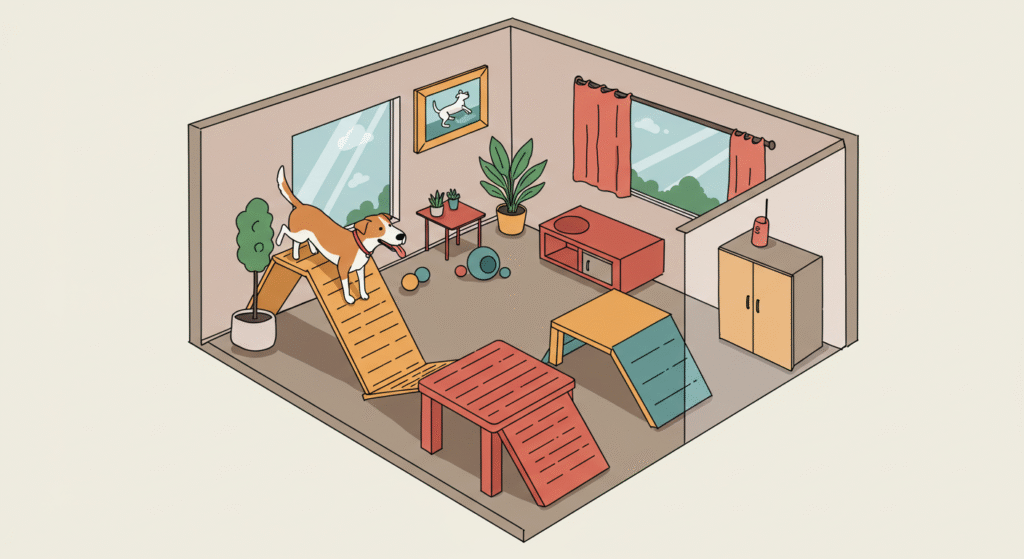
Indoor Activities for Any Season
Every season benefits from backup indoor options. Weather extremes, illness, or schedule constraints require flexible activity alternatives.
Puzzle Feeders and Brain Games transform mealtime into mental exercise. Rotate different puzzle types to maintain interest and challenge levels. These activities work regardless of weather conditions.
Hide and Seek Variations adapt easily to indoor spaces. Hide treats, toys, or yourself throughout the house. This game provides physical movement and mental stimulation simultaneously.
Stair Climbing Exercises offer cardio workouts in multi-level homes. Start slowly and build endurance gradually. This activity particularly benefits high-energy breeds during weather confinement.
Training Session Intensives allow skill development year-round. Use indoor time for advanced command work, socialization with household items, or preparation for outdoor activities.

Seasonal Nutrition and Dog Food Considerations
Activity levels fluctuate seasonally, affecting nutritional needs. Seasons dog food requirements change based on exercise intensity, weather conditions, and metabolic demands.
Summer Nutrition Adjustments focus on hydration and lighter meals during hot weather. Dogs may eat less during extreme heat, making nutrient density important. Fresh water availability becomes critical.
Winter Energy Requirements often increase due to temperature regulation needs and potentially higher activity levels in snow-loving breeds. Monitor body condition and adjust portions accordingly.
Seasonal Ingredient Benefits include pumpkin for fall digestive health, cooling vegetables for summer, and warming proteins for winter. Seasons woof dog food options often incorporate these seasonal considerations.
Activity-Based Feeding Schedules align nutrition timing with exercise plans. Feed lighter meals before intense activities and provide recovery nutrition afterward.
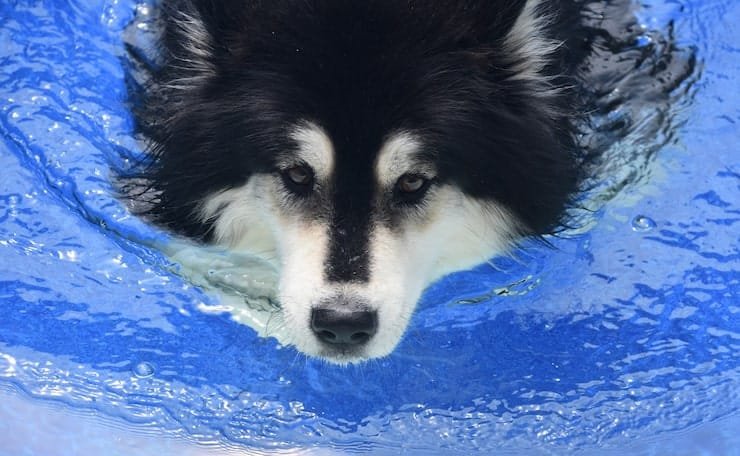
Pet Day School Activities Throughout the Year
Pet day school activities adapt to seasonal themes while maintaining core enrichment goals. These programs provide socialization and exercise when owners face seasonal schedule constraints.
Spring Programs focus on outdoor skill development, leash training improvement, and nature exploration preparation. Many facilities emphasize recall training as outdoor freedom increases.
Summer Schedules prioritize water safety, heat management, and indoor enrichment during peak temperature hours. Swimming lessons and cooling strategies become program staples.
Fall Curricula prepare dogs for holiday disruptions, costume tolerance, and changing household routines. Socialization with seasonal decorations and sounds helps reduce anxiety.
Winter Activities emphasize indoor entertainment, puzzle solving, and social interaction when outdoor time decreases. Many programs increase mental stimulation components during this season.
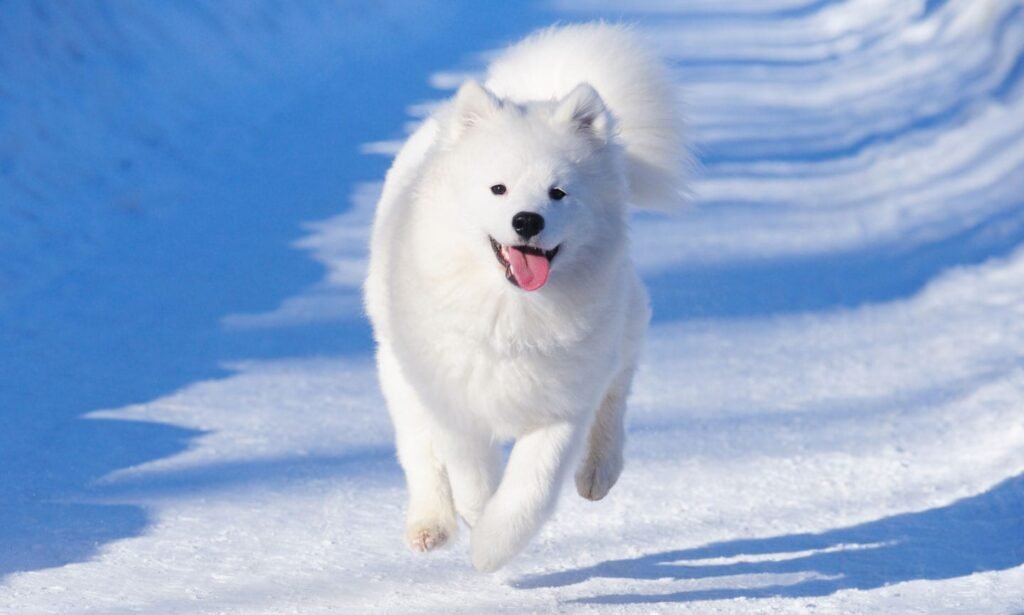
Safety Tips for Seasonal Activities
Each season presents unique safety considerations for dog activities. Preparation and awareness prevent injuries and ensure enjoyable experiences.
Temperature Monitoring becomes crucial during extreme seasons. Learn to recognize overheating signs in summer and hypothermia symptoms in winter. Adjust activity intensity accordingly.
Paw Protection requires seasonal attention. Hot pavement burns paws in summer while ice and salt cause winter damage. Invest in protective booties or paw balms as needed.
Seasonal Hazards include different threats throughout the year. Spring brings toxic plants, summer has heat exhaustion risks, fall includes chocolate and candy dangers, while winter presents antifreeze and ice hazards.
Equipment Maintenance ensures gear remains safe and functional. Check leashes, harnesses, and toys regularly for wear that could cause injuries during activities.
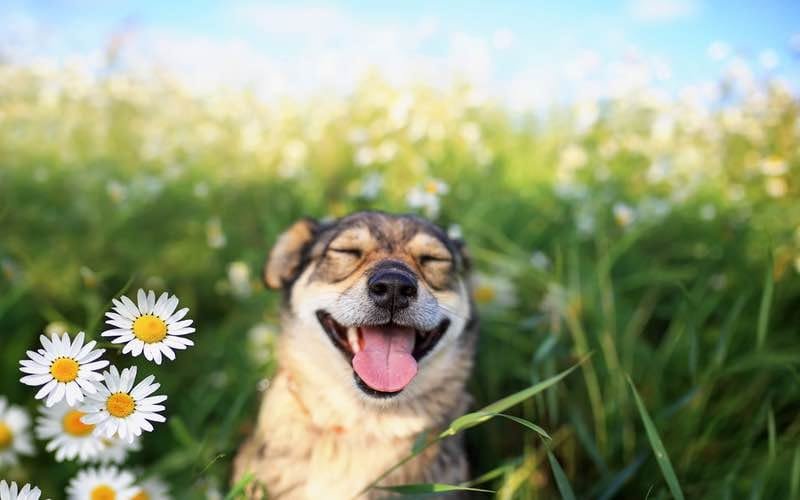
Equipment and Supplies for Year-Round Fun
Seasonal activity success requires appropriate equipment and supplies. Investment in quality gear enhances safety and enjoyment across all weather conditions.
| Season | Essential Equipment | Optional Additions |
|---|---|---|
| Spring | Leash, collar, waste bags | Agility cones, long line |
| Summer | Water bowl, cooling vest | Kiddie pool, frozen toy molds |
| Fall | Reflective gear, jacket | LED collar, paw balm |
| Winter | Booties, warm coat | Snow toys, indoor puzzles |
Multi-Season Investment Pieces include adjustable harnesses, all-weather leashes, and versatile toys that work indoors and outdoors. Quality items last longer and provide better value.
Seasonal Rotation Strategy keeps equipment fresh and interesting. Store off-season items properly and introduce “new” toys as seasons change. This maintains novelty and excitement.
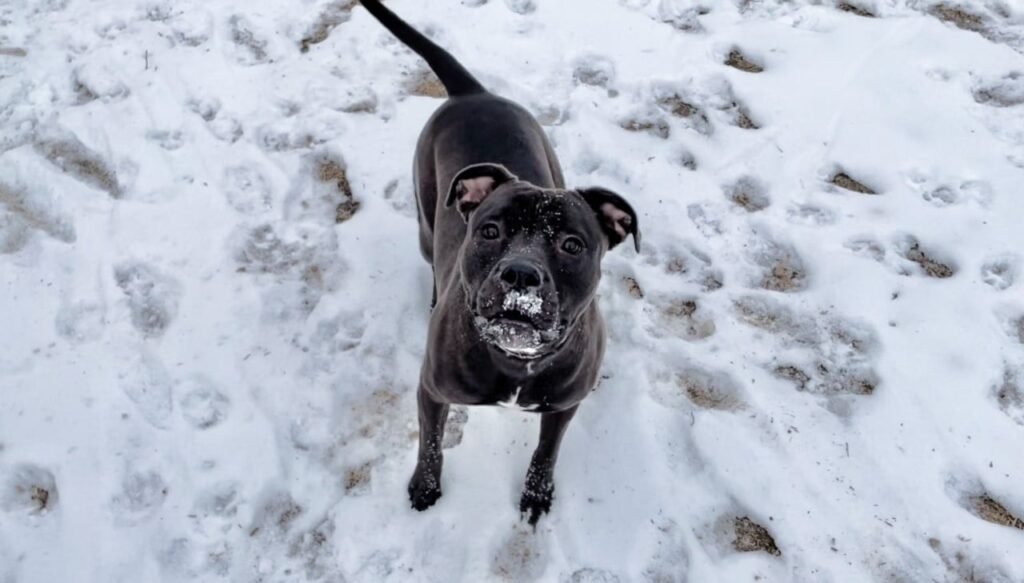
Seasonal Activity Planning Calendar
Strategic planning ensures consistent activity levels throughout the year. Create monthly schedules incorporating weather patterns, daylight hours, and seasonal opportunities.
Weekly Planning Templates help maintain routine while allowing seasonal flexibility. Block time for essential activities like walks and training while leaving space for seasonal specials.
Weather Contingency Plans prepare alternatives for unexpected conditions. Have indoor backup activities ready when outdoor plans get cancelled.
Seasonal Goal Setting provides direction and motivation. Set specific objectives for each season, such as mastering swimming in summer or perfecting recall in spring.
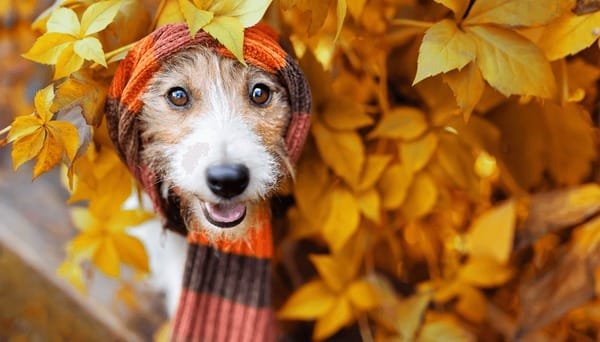
Creating Seasonal Traditions with Your Dog
Traditions strengthen the human-dog bond while providing anticipated highlights throughout the year. Establish recurring seasonal activities that you and your dog both enjoy.
Spring Traditions might include the first hike of the season, visiting a specific park when flowers bloom, or participating in Easter egg hunts designed for dogs.
Summer Rituals could involve weekly beach visits, camping adventures, or backyard barbecues where your dog has special roles and treats.
Fall Customs may include leaf pile play sessions, pumpkin patch visits, or Halloween costume photoshoots that become annual memories.
Winter Celebrations might feature first snow play dates, holiday gift opening ceremonies, or cozy indoor movie nights with special treats.
Frequently Asked Questions
What can you do for a dog in season?
Female dogs in heat require modified activity routines. Keep them on leash during walks to prevent unwanted mating. Focus on indoor activities and mental stimulation during this period. Swimming should be avoided due to infection risks. Training sessions work well as mental exercise alternatives.
What are some activities for dogs?
Dogs thrive on varied activities including walks, fetch, swimming, agility training, puzzle solving, hide and seek, training sessions, and social play. Seasonal options expand possibilities: snow play in winter, water activities in summer, hiking in spring, and leaf pile fun in fall. Mental stimulation activities like puzzle feeders work year-round.
What is the 7 7 7 rule for dogs?
The 7 7 7 rule suggests dogs need 7 hours of sleep, 7 hours of activity (including walks, play, and training), and 7 hours of mental stimulation or relaxation daily. This guideline helps ensure balanced physical and mental health. Adjust ratios based on your dog’s age, breed, and individual needs.
What season can I use for dogs?
All four seasons offer opportunities for dog activities with proper preparation. Spring provides moderate temperatures for hiking and outdoor training. Summer requires heat management but offers water activities. Fall delivers comfortable conditions for extended outdoor time. Winter enables snow sports and intensive indoor training. Each season brings unique benefits when approached thoughtfully.
How do I keep my dog active during bad weather?
Indoor alternatives include stair climbing, hallway fetch, hide and seek, puzzle feeders, training sessions, and interactive toys. Mental stimulation activities like learning new tricks or solving food puzzles can tire dogs effectively. Consider dog daycare or indoor dog parks during extended bad weather periods.
What activities help with dog behavioral issues?
Structured activities like agility training, scent work, and regular exercise routines help address behavioral problems. Mental stimulation through puzzle solving reduces destructive behaviors. Seasonal swimming provides excellent energy outlets for high-energy dogs. Consistent training during seasonal activities reinforces good behavior patterns.
How much exercise do dogs need in different seasons?
Exercise needs remain consistent across seasons, but delivery methods change. Summer requires shorter, more frequent sessions during cooler hours. Winter may need indoor supplementation. Spring allows gradual activity increases after winter. Fall provides optimal conditions for extended outdoor exercise. Adjust intensity based on temperature and your dog’s tolerance.
Are there seasonal foods that benefit active dogs?
Seasonal nutrition can support activity levels. Summer benefits from cooling foods and increased water content. Winter may require higher calorie density for energy and warmth. Spring supports detoxification with fresh vegetables. Fall provides immune system support before winter. Always transition foods gradually and consult your veterinarian.
How do I socialize my dog during different seasons?
Seasonal socialization opportunities vary by weather. Spring offers park visits and outdoor training classes. Summer provides beach and pool socialization. Fall includes pet-friendly festivals and events. Winter focuses on indoor socialization through training classes or dog-friendly establishments. Maintain consistent social exposure year-round.
What safety precautions should I take for seasonal activities?
Safety precautions vary by season. Summer requires heat monitoring, paw protection from hot surfaces, and adequate hydration. Winter needs protection from cold, ice, and toxic substances like antifreeze. Spring watches for toxic plants and allergens. Fall monitors for seasonal hazards like chocolate and decorations. Always carry emergency supplies and know your veterinarian’s contact information.
Final Thought
Seasonal dog activities enhance the human-canine bond while maintaining physical fitness and mental stimulation year-round. By adapting activities to weather conditions and seasonal opportunities, you create enriching experiences that keep your dog healthy, happy, and engaged regardless of the calendar. Remember that consistency matters more than perfection – regular, varied activities tailored to your dog’s needs and the season’s constraints will provide lasting benefits for both you and your four-legged companion.
